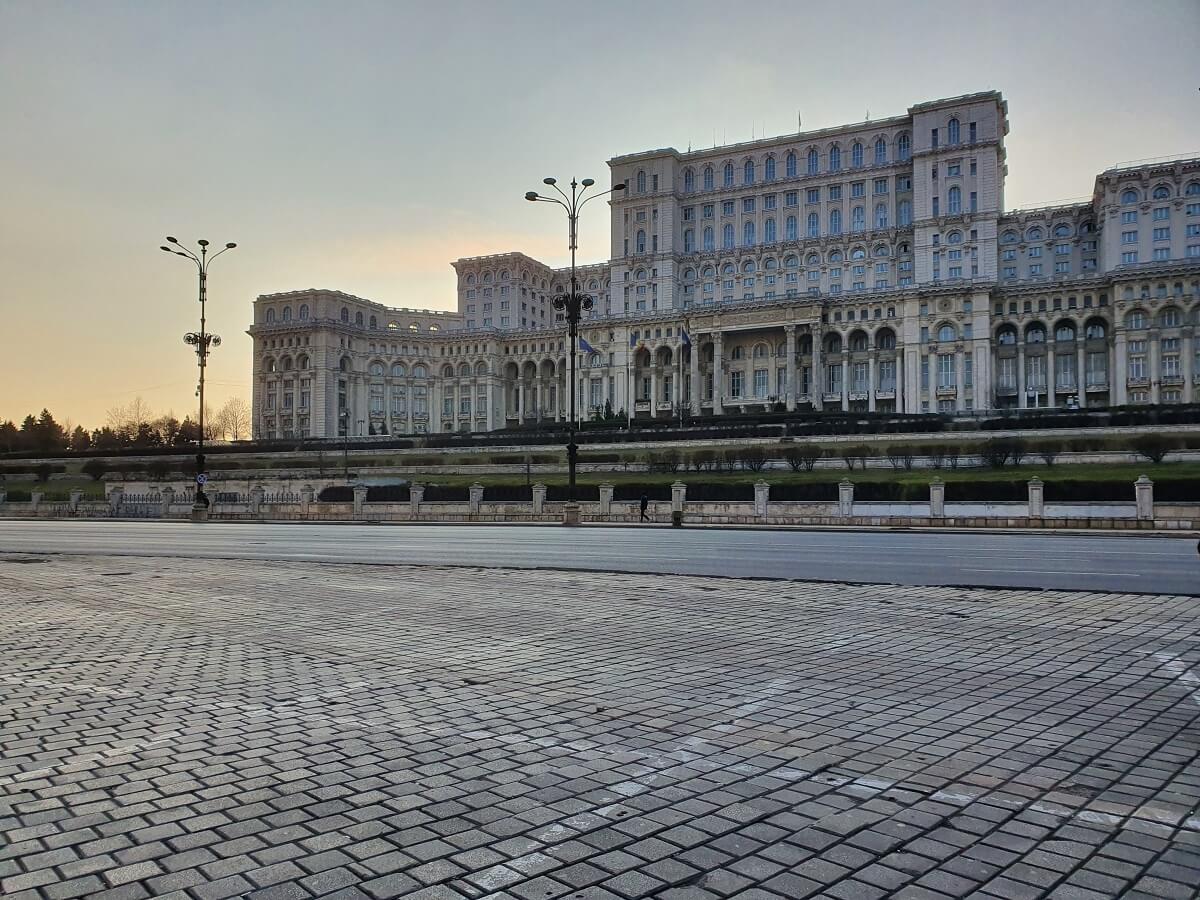
Tourism today is no longer just about visiting museums, ruins, towns and famous beaches. It is also about experimenting. When travelling, more and more people try to connect, one way or the other, the present to the past of the places they visit. Proof of this is the success of accommodation networks as Airbnb and Couchsurfing. Tours offering unique experiences in previously inaccessible places also see an increasing success (for example Chernobyl). Any experience that allows one to go beyond the superficial area, from books, is the future of tourism. And at this chapter, communism and red tourism have their own place.
What are Red and Communism Tourism?
In the 80s, one third of the planet was governed by communist regimes. Some of them survived to this day. But most of them fell at the end of the 80s, leaving huge scars behind them. Nowadays the communism is of interest especially for those that didn’t experience it.
After 1990, more and more ex-communist countries opened their doors for tourism and a new type of cultural tourism made its way up. This form of tourism revolves around communist ruins, tangible and intangible heritage, with social, historic or cultural value kept up to this day. Some of the countries that still have a communist regimes also started to encourage tourism and offer a new experience to people that have never lived through communism.
It’s also interesting to see how an ideology that claimed equality gave birth to megalomaniacs who pursued the “cult of personality”. They build gigantic monuments that actually took the bread out of the mouths of the workers whom the ideology should have served.
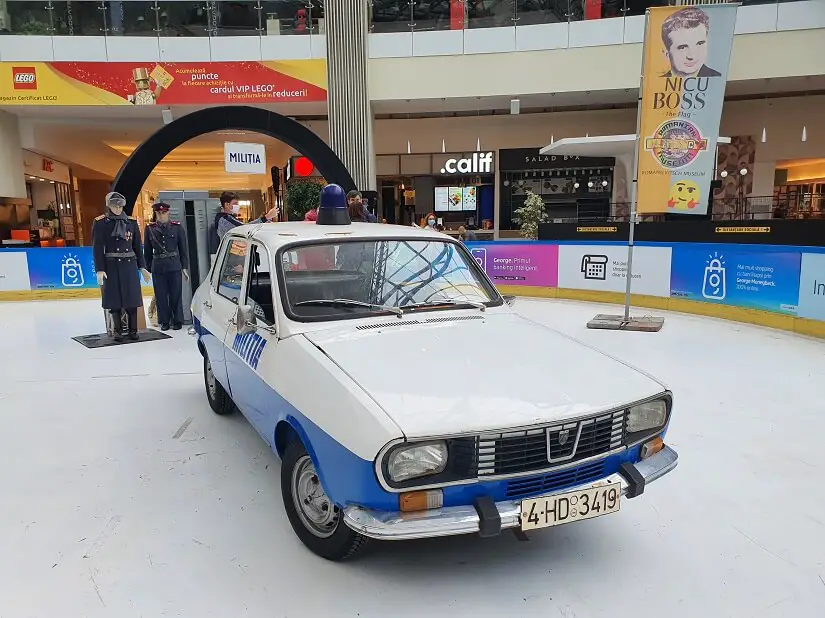
Red Tourism in China
Red tourism was first developed and researched in China. As the country headed towards globalization, more and more Chinese people wanted to visit places outside their country. But the communist party thought they shouldn’t forget their past and identity.
Thirteen cities in China, important for the establishment of the communism, even signed a plan to promote and develop the Red Tourism in 2004. This is also when the term of Red Tourism was first used. According to this plan, the red tourism is a thematic touristic activity that entails education and visiting communist heritage sites, commemorating people, events or revolutionary communist leaders.
In China, red tourism also implies awakening nostalgia and respect feelings for those times, communist heroes and leaders and love for the country.
Red or Communist Tourism in Central and Eastern Europe
Recent European history was a start point for the developing of a form of red tourism focused on the political events and their often tragic consequences. At the beginnings of the Iron Curtain, many western Europeans wished to come to the East. They wanted to see for themselves how a new world was built. Obviously, many didn’t succeed because of the travel restrictions.
After the fall of the Iron Curtain, thousands a of western tourists chose to visit these countries. One of the reasons to do so was to find out how communism functioned, how people used to live during communism and what are the present consequences of it. However, red tourism in the ex-Sovietic block in Central and Eastern Europe is different from the one in China. It doesn’t focus on educating the locals and awakening nostalgia, but on the curiosity of the foreigners. The ones that didn’t know communism want to find out what it meant, from politics to daily life. This is understandable as most of the nations have not experienced it. Also, it’s impressive how a relatively short period of time (around 45 year) reshaped the region.
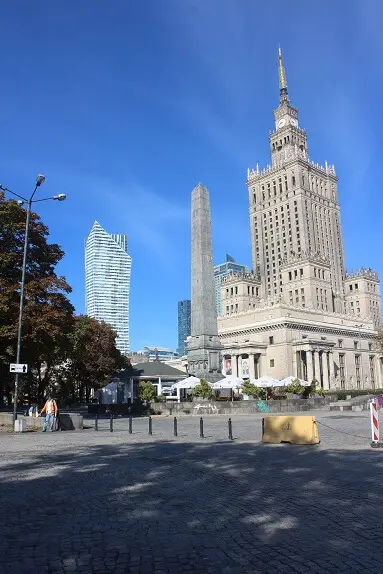
Communist tourism sites in Europe
Currently, there are successful touristic programs and museums based on communist heritage in countries like Poland (Warsaw – the Palace of Sciences, Cracow – Nowa Huta), Hungary (Szoborpark, Terror Haza), Czechia (Museum of Communism in Prague), Germany (Berlin – the wall, Museum of Communism Crimes or Stasi Museum and Checkpoint Charlie), Estonia (Museum of Occupation in Tallinn), Letonia (Museum of Occupation in Riga) or Romania (The Memorial of the Victims of Communism and of the Resistance in Sighetu Marmației). Other museums try to show life as it was during those times, focusing not on the political ideas and leaders, but on the day to day life of the people (queues to buy food, forced urbanization, lack of confidence in the neighbors, security). Some new countries also try to use the communism sites in order to attract more tourists, like Albania or Bulgaria.
Communism today
Some countries still experience communism to these days. Such is the case of Vietnam, Cambodgia, China, where tourists already travel to experience what this political regime means, even if the shortages are now far less than in the past. Many tourists would like North Coreea to also open its borders.
In the meantime, in the other part of the world, communist Cuba emerges as a top tourist destination. Five millions tourist travel every year to Cuba and take photos of the walls covered with the image of Fidel or buy T-shirts with Che Guevara and caps with the red star.
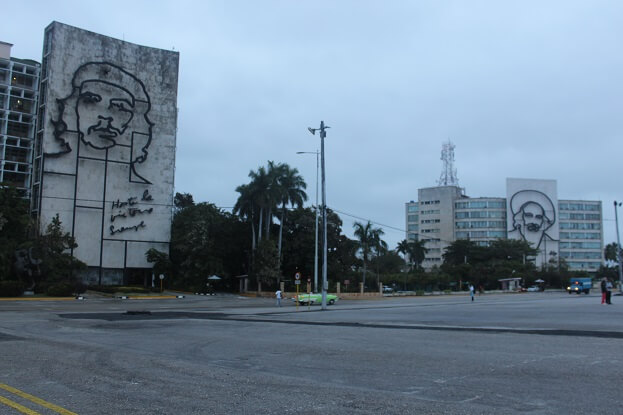
Many tourists question the locals about politics and their opinions, sometimes annoying them. As our host in Trinidad said (without us asking), they have never known anything else. They have no comparison point. All they know is that the state pays for their children’s education, including university and in exchange they’ll have to work for a few years at a designated location. Salaries in Cuba are very low, around 20 dollars a month, but they don’t have to pay for the house and utilities. Even so, the money is seldom enough. The local networks of Airbnb rooms and taxi colectivos mean a better life for most of them. Queues for anything are also part of the daily life in communism and can be seen everywhere.
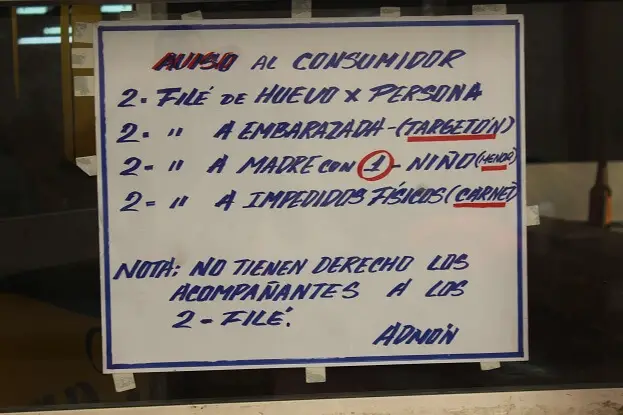
Red tourism: good or bad?
There are debates on the development of this new kind of tourism. Communist heritage reminds local people of a sad period that most would like forgotten. This is especially true for the European countries. Efforts are done to change their image and integrate in the European Union. For example, in Romania some wanted the House of Parliament demolished and the memory of Ceaușescu erased.
On the other hand, the fear that by promoting communist sites, the terrors and suffering of people will be diminished exists. Of course, some also bring to the table the argument that it’s unacceptable to make money out of the suffering of people.
It’s still a long way until some of these countries will learn not to try to hide their past, but show it to the world just as it was, with sad and hungry people, trembling from cold and fear of the regimen in their houses. In order not to repeat the errors of the past, it’s important not to forget, but accept and understand it.
Travel With A Spin contains affiliate links. If you make a purchase through these links, I will earn a commission at no extra cost to you. Thanks for reading!
